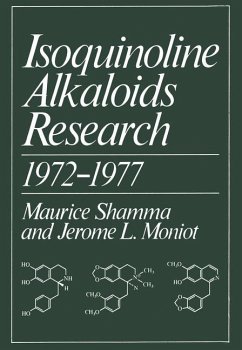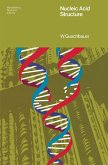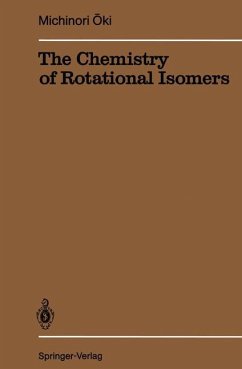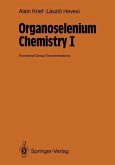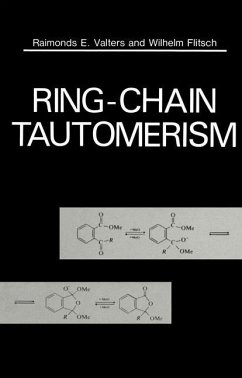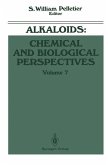The aim of this book is to gather under one cover most of the data presently available on the carbon-13 nuclear magnetic resonance (cmr) spectra of alkaloids. The term "alkaloids" is used here in a very broad sense to include synthetic analogues of the natural products. Simple model amines are also incorporated since these often supply the basic information required in the assignment of chemical shifts for the more complex compounds. The literature on alkaloid cmr spectroscopy has been covered through 1977, but the collec tion of compounds presented here is illustrative rather than exhaustive. The papers included in the reference list afford further information not only on the cmr assignments of the particular compounds provided here, but also incorporate data on additional related structures. Only a few dimeric indole alkaloids are included since to a large extent their cmr spectra can be corre lated directly with those of their monomeric analogues. The present volume is thus a representative empirical compendium of cmr assignments focusing upon alkaloids and model amines, and is intended to aid cmr research in heterocyclic and alkaloid chemistry. The compounds and data presented in this book are classified and organized according to structural similarity. The purpose of such a presenta tion is to demonstrate the common cmr characteristics of a given structural type, while also facilitating an empirical evaluation of the cmr spectral changes specifically reSUlting from relatively minor variations in oxidation level, substitution, or stereochemistry.



